Transmutation is the new "green" frontier of nuclear power
Transmutation is the new "green" frontier of nuclear power
In addition to the classic fission and fusion, there is a third way for civilian atomics: a revolution with enormous consequences, including ecological ones
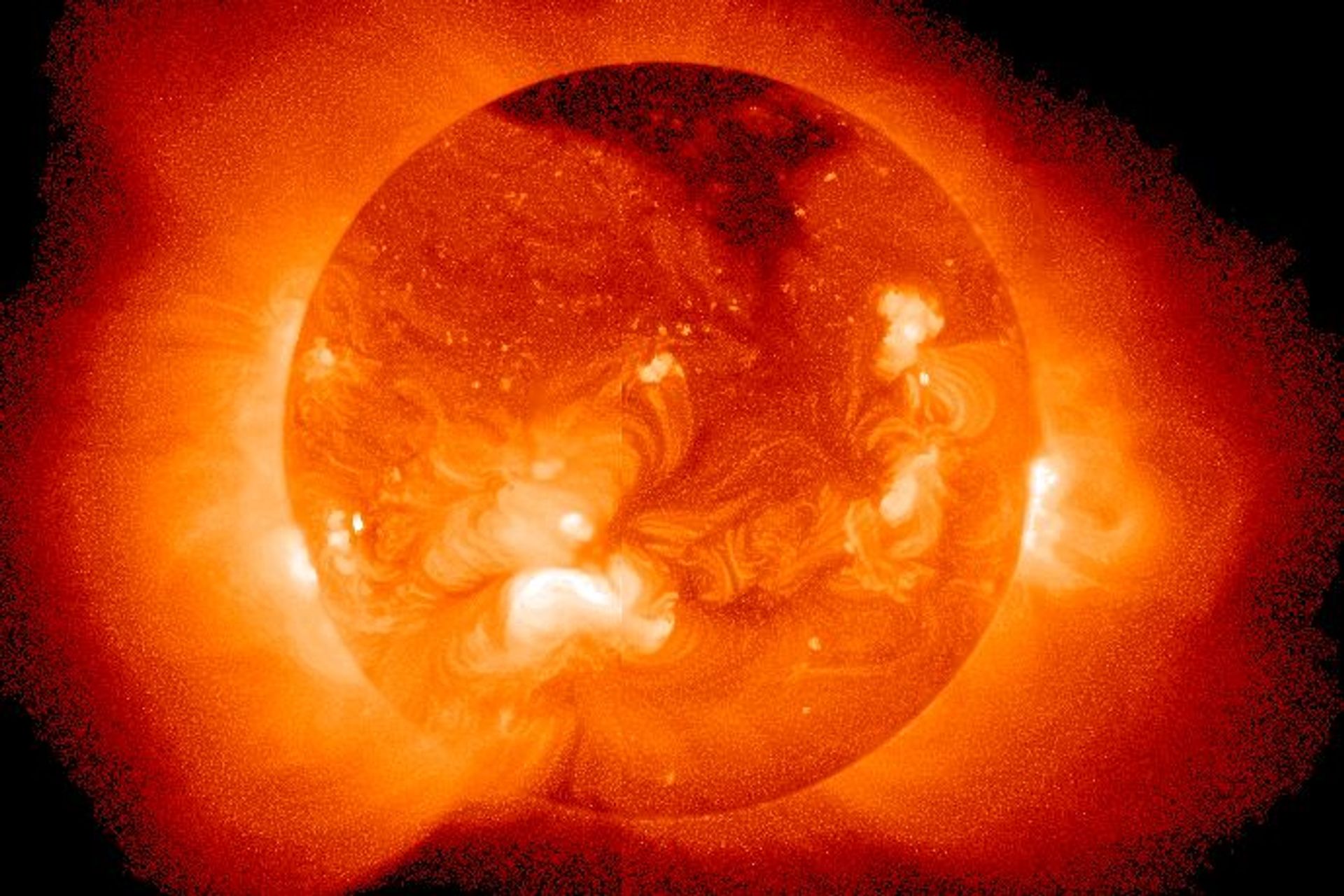
It is certain: the planet's energy needs have been steadily increasing since the end of the Second World War.
An exponential growth that will continue in the years to come also due to the pressure of emerging countries seeking a better quality of life.
Not only that: the great scientific challenges that await us in the near future will require an enormous amount of resources and energy for their development and their implementation.
All with possible devastating consequences for the Earth, given that the production of energy using "fossil" resources (coal, oil, and natural gas) is among the main causes of the increase in the greenhouse effect and consequent climate change.
Magnetic Fusion: Recreate the energy that powers the stars

An original idea to overturn the three great limits of fission
With renewable energy sources we can satisfy, at most, 40 to 50 percent of the planet's energy needs.
Nuclear fusion, as is known, is still being studied and there is no certain time frame for its implementation.
Nuclear fission energy is currently the only one that can supply the energy needed by humanity, but it has three problems. The first is the security of the plants. The second is the disposal of radioactive waste. Finally, the third is that linked to the nuclear proliferation of weapons.
However, there is a new way to nuclear fission which is currently taking shape and which, as if by magic, could solve all the problems at the same time: it is transmutation.
Podcast, the "inexhaustible" fuel told by ENI
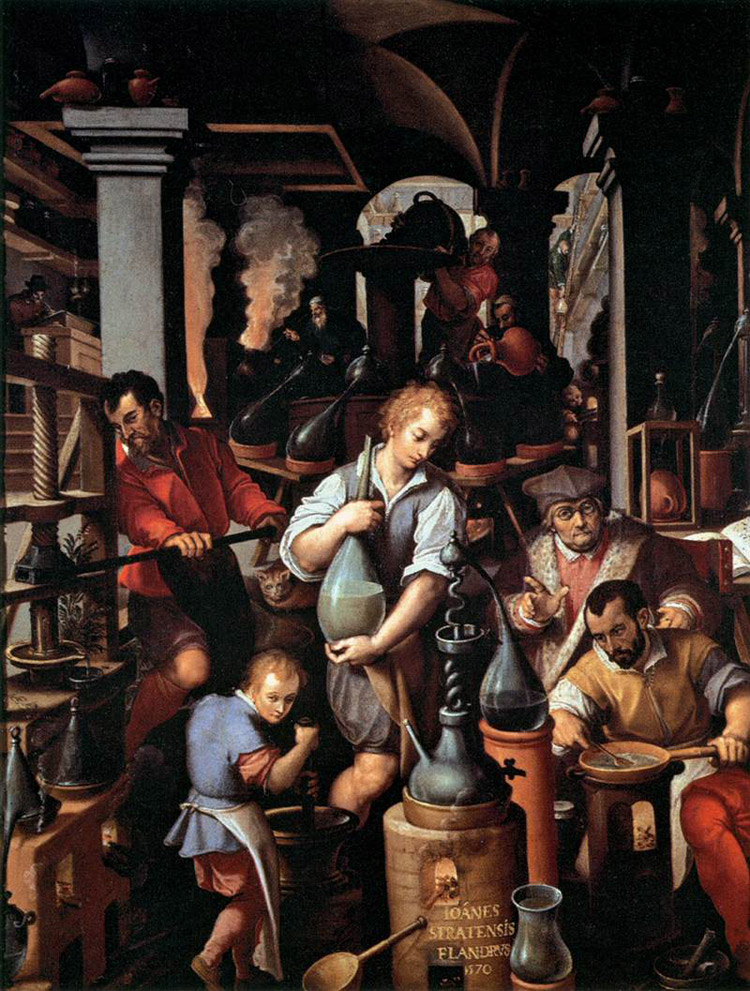
From more radioactive elements to others capable of lower emissions
To transmute means to transform one element into another. In the case of nuclear transmutation, the more radioactive elements are transformed into other less radioactive elements, producing energy.
This process is continually repeated, transmuting the new waste into less and less radioactive material and at the same time obtaining enormous quantities of energy.
To do this, a "fast subcritical" reactor is used: a reactor where a beam of particles, produced by a coupled accelerator, enters its core to keep the chain reaction going.
In this way, the chain reaction cannot self-feed: left without the power supply of the beam, in fact, the reactor "turns off" within 2 milliseconds, as has already been demonstrated experimentally.
In this way, it is impossible that disasters similar to that of Chernobyl in 1986 could occur.
Video, the chronicle of the first magnetic fusion experiment
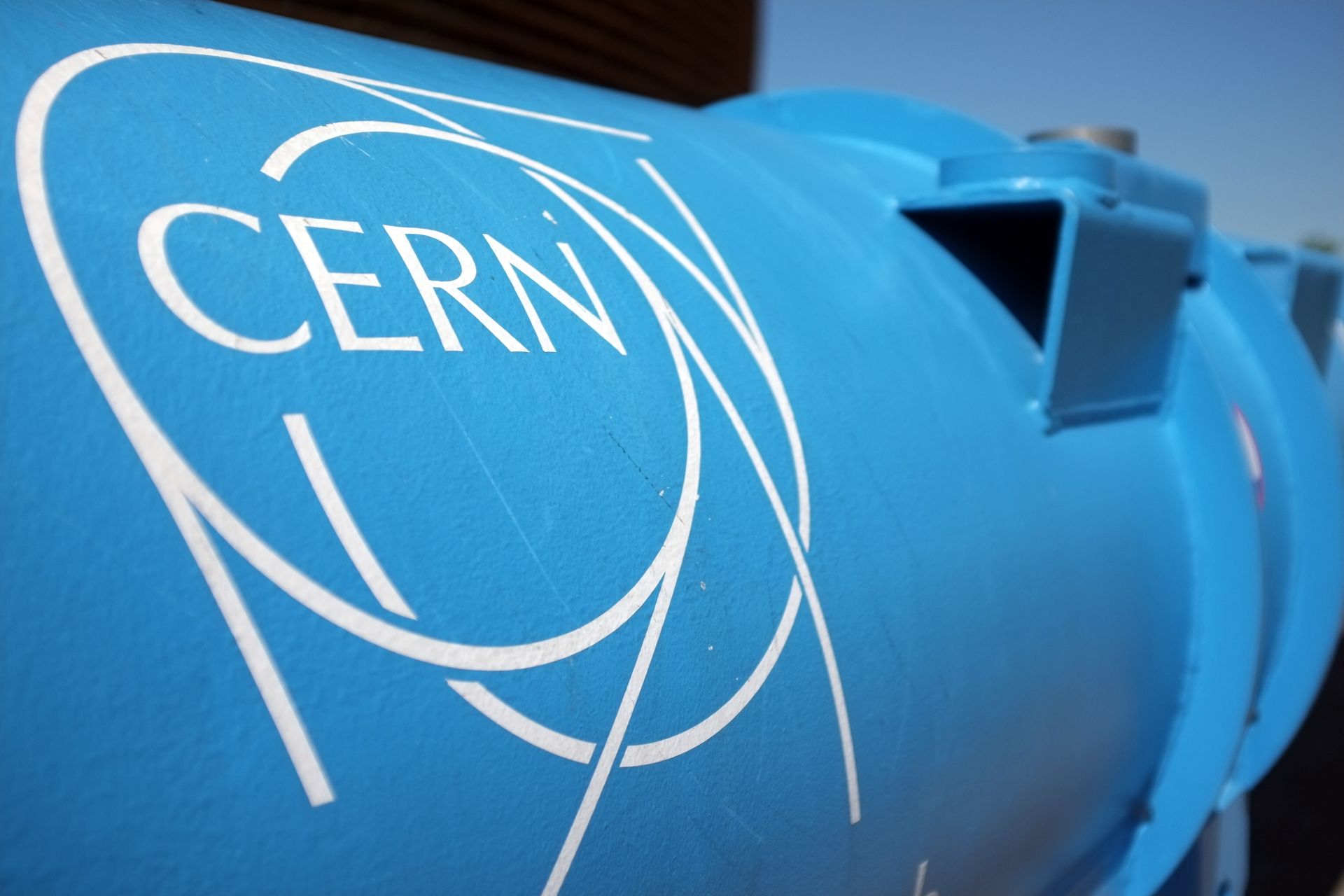
Changing the fuel: from uranium to earth rock thorium
The Transmutex company of Geneva proposes to use thorium instead of uranium in this new type of power plant. Thorium is a weakly radioactive metal, present in terrestrial rock: it produces very little long-lived waste.
A few kilograms instead of the tons of radioactive material produced by old-concept plants.
Furthermore, some of the long-lived waste can be transmuted into short-lived elements thanks to a technology tested at CERN (European Organization for Nuclear Research) with the TARC experiment ("Transmutation by Adiabatic Resonance Crossing" or of adiabatic resonance").
In this way, Transmutex's solution can reduce existing nuclear waste by a factor of 1.000 or more.
There will still be a need for a deep geological repository, but it will be made much more efficient.
How the ENI "Tokamak" that breaks atomic bonds works
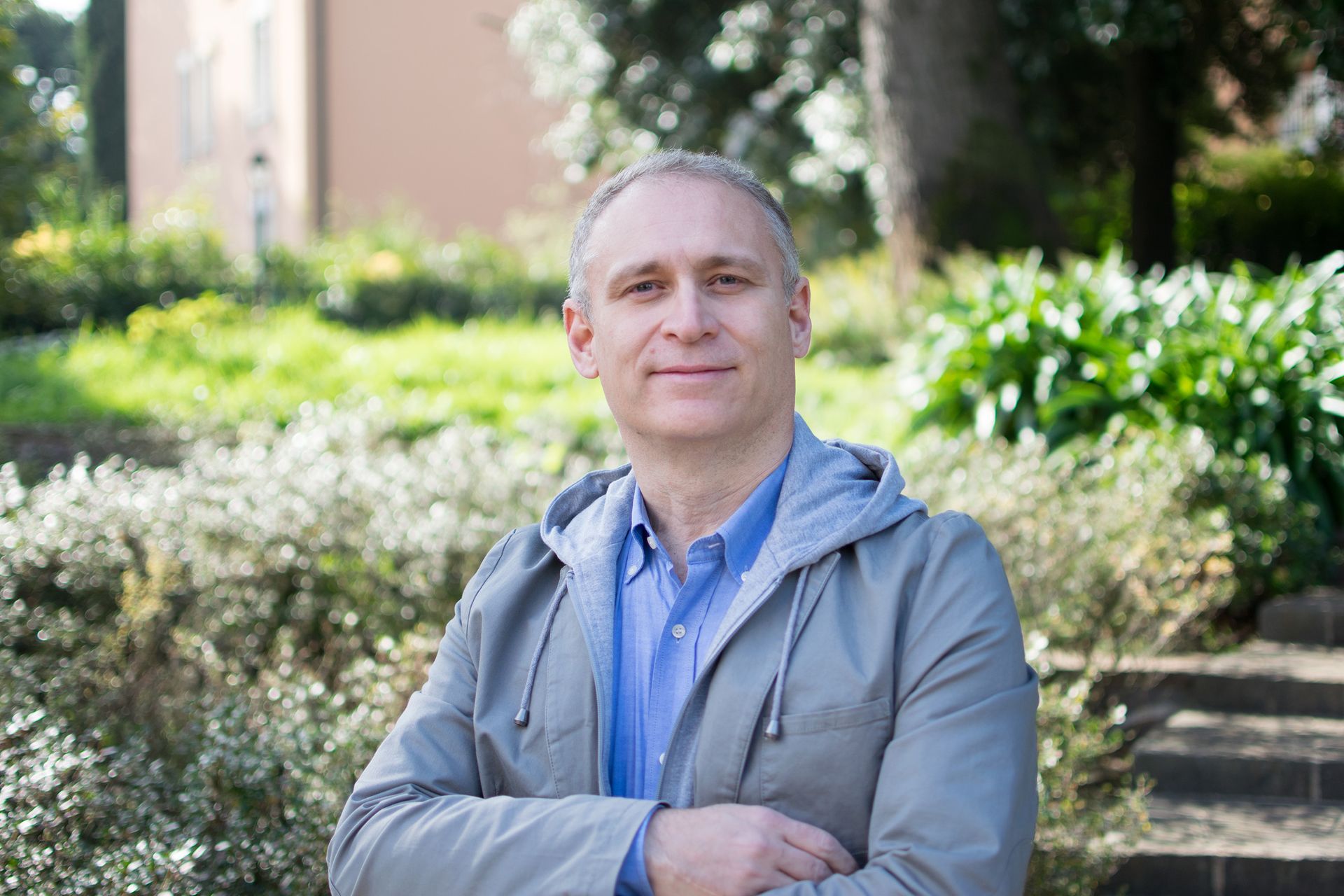
Via the old waste and the impossibility of building a bomb
“By adding existing old nuclear waste to thorium, it is possible to 'incinerate' it to produce energy. Furthermore, thorium is 'resistant' to nuclear proliferation because the cycle uses a mixture of uranium isotopes which makes it practically impossible to build a nuclear device.", explains Professor Fabio Fracas, Scientific Collaborations Manager of Transmutex.
"This characteristic was already known to the scientists of the Manhattan Project, who chose uranium-plutonium technology to build the first nuclear plant".
Furthermore, the technology proposed by Transmutex is the only one capable of destroying existing nuclear warheads should humanity decide to take that gigantic, and desirable, step towards peace.
Google's AI to regulate nuclear fusion plasma

Transmutex, a creature of Servan-Schreiber, Carminati and Revol
Transmutex is a company founded in 2019 by French entrepreneur and activist Franklin Servan-Schreiber and former CERN physicists Federico Carminati and Jean-Pierre Revol.
Franklin Servan-Schreiber has always been sensitive to ecological issues and in 2015 he became a member of the Council of the "Race for Water Foundation", against the proliferation of plastic in the oceans.
Carminati and Revol were both collaborators of Carlo Rubbia, exactly in the years in which the idea of a new ADS ("Accelerator-Driven System") based on thorium was being developed at CERN: the same idea which is at the basis of the transmutation technology today.
Therefore, an innovative technology that can help us fight climate change while allowing the disposal of nuclear waste: two fundamental problems for the protection of the earth.
Switzerland's “Energy Strategy 2050″ is already in full swing
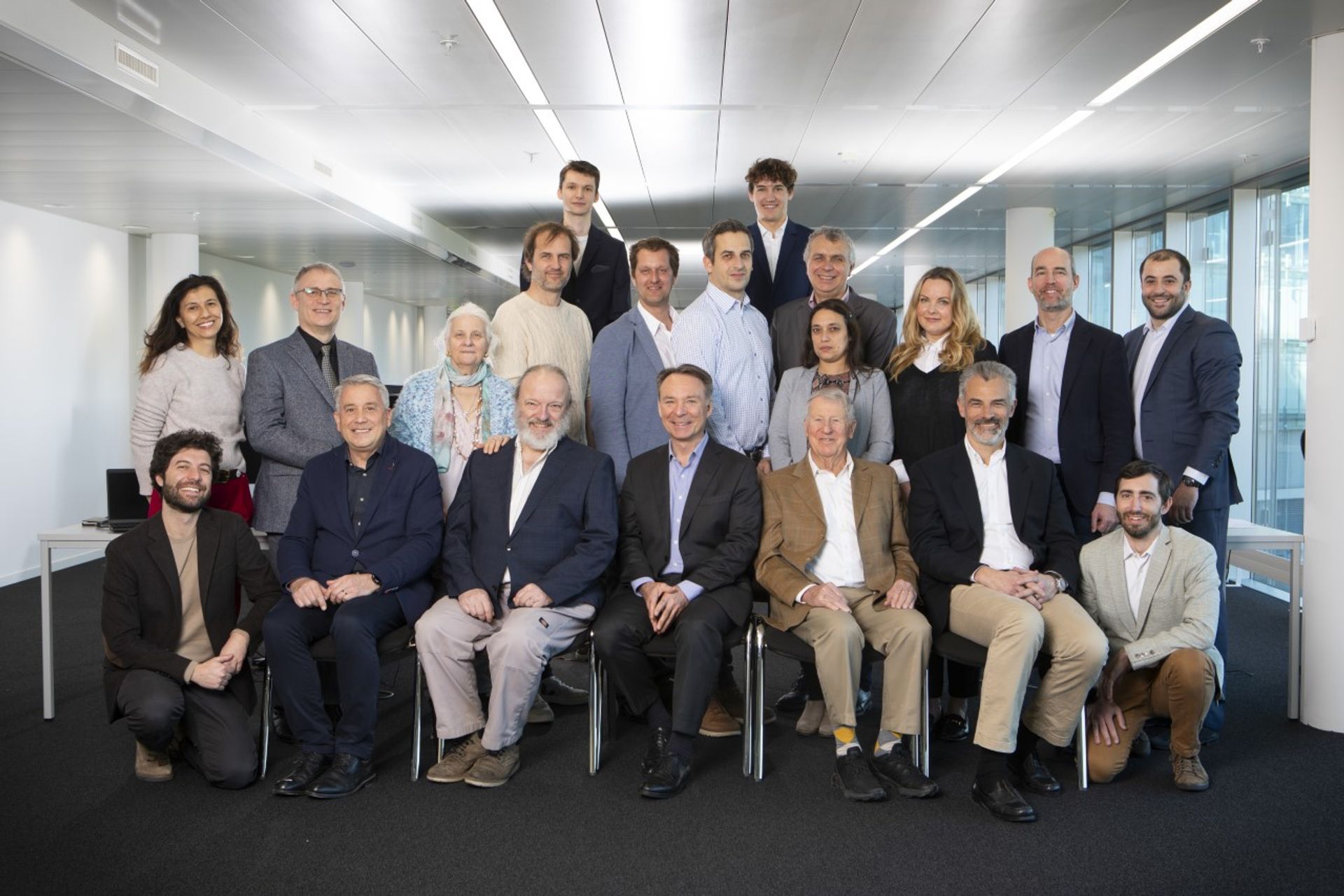
An industrial objective that is both ethical and market-oriented…
Transmutex aims to provide infinite energy without carbon emissions thanks to nuclear transmutation.
Radioactive waste from old fission power plants involves considerable costs and multiple risks, both for their transport and for their storage.
That same waste, however, can be reused as fuel for thorium reactors and become energy.
In this way, the new plants designed by Transmutex can produce safe energy while solving the problem of accumulation and conservation of radioactive waste at the same time.
A green energy, since the fuel is fully exploited and the electricity is produced continuously and in large quantities, without emitting greenhouse gases.
Current events show us in an ever more dramatic way the consequences of the struggle for energy resources.
The availability of a virtually infinite source of energy, widely and "democratically" distributed on the planet, safe and respectful of the environment, can contribute enormously to the reduction of geopolitical tensions.
If you look at history, it is not exaggerated to expect from such an energy source, a new phase of human civilization…
Mini electricity generators formed by… quantum dots
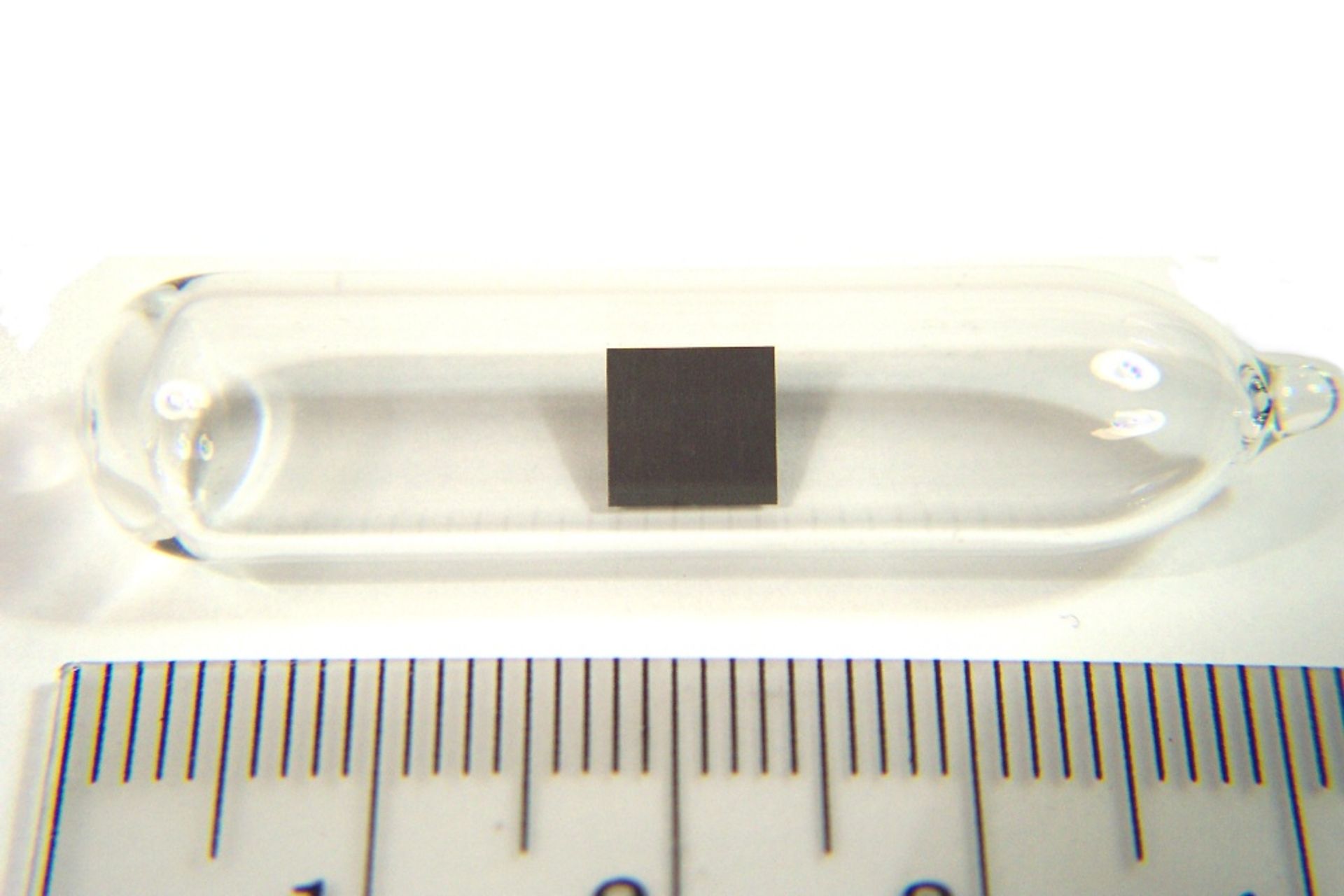
You may also be interested in:
Four countries, one gigantic ocean: the CMAR case
It is the marine corridor of the eastern tropical Pacific: Panama, Ecuador, Colombia and Costa Rica allied for the protection of seas and marine species...
Lausanne, on the trail of pollution: the story of an incinerator
A team of scientists has reconstructed the events of the Vallon waste-to-energy plant and the invisible contamination that shocked the Canton of Vaud
How the environment determines the characteristics of the cheese
The tasting highlights how, with unchanged production rules, climate and fodder crops influence different organoleptic notes
Innosuisse has achieved its 2023 innovation goals in Switzerland
A record amount of over 490 million francs has been allocated to compensate for the lack of association with the EU's well-known Horizon Europe program
by Editorial staff Innovando.NewsEditorial staff of Innovando.News




